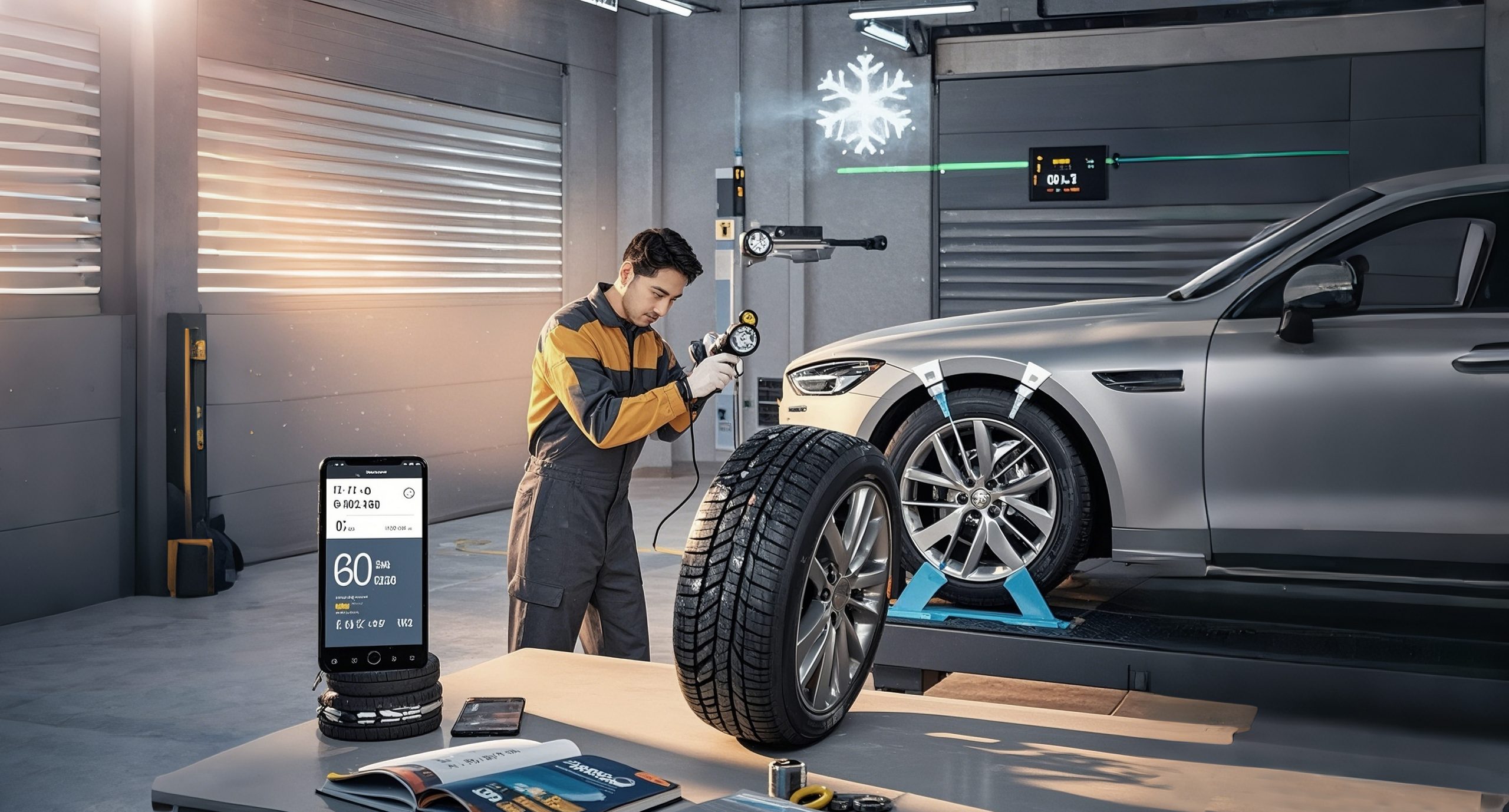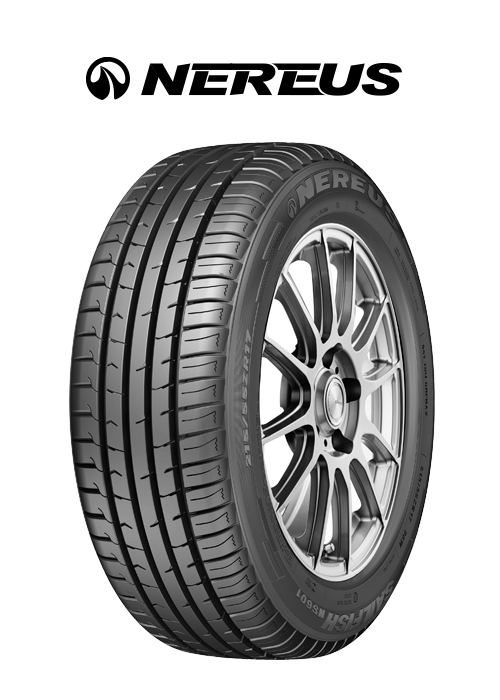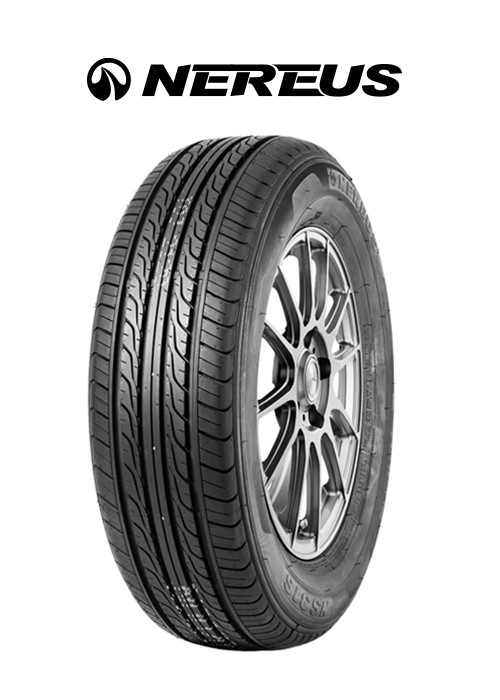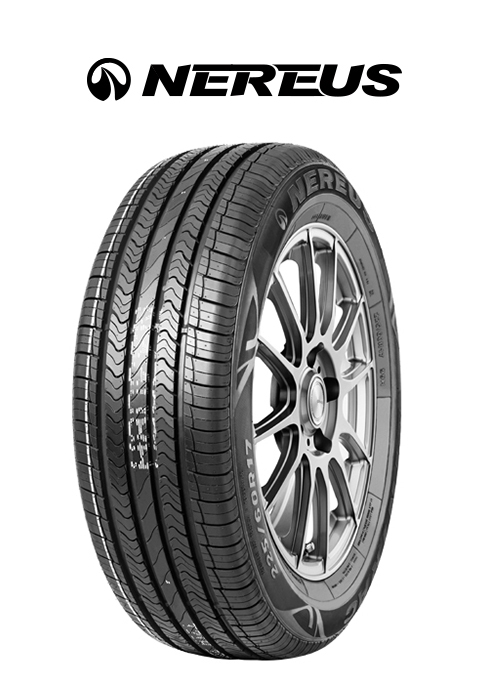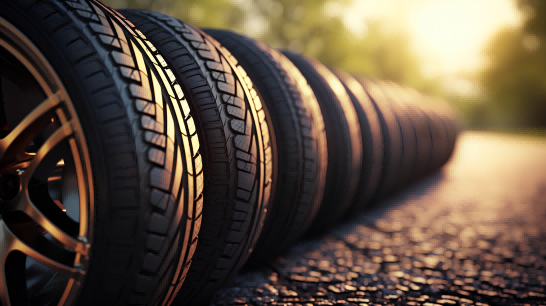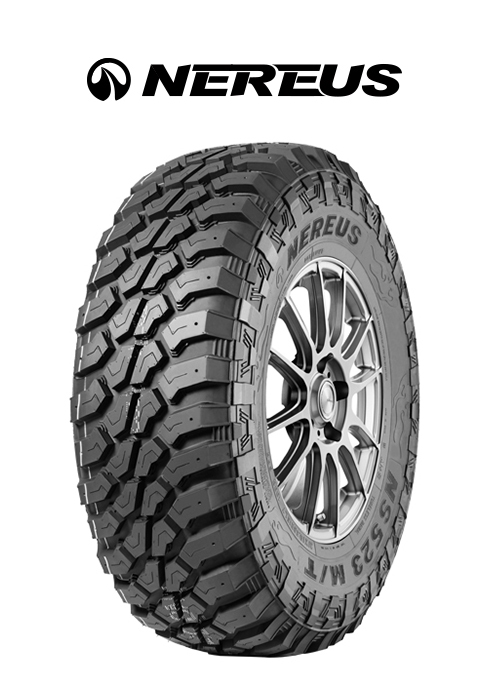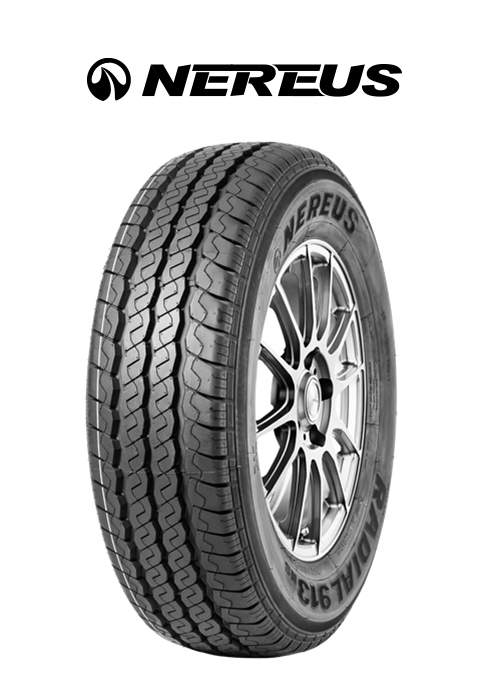Check Tire Pressure Regularly
· Maintain proper tire pressure as recommended in your vehicle’s manual (usually 2.3–2.5 bar or 33–36 psi).
· Check pressure monthly when tires are cold (after the car has been stationary for 3+ hours).
· Overinflation reduces traction and increases wear; underinflation raises fuel consumption and overheating risks.
Rotate Tires Periodically
· Rotate tires every 8,000–10,000 km (5,000–6,000 miles) to ensure even wear.
· Front tires typically wear faster due to steering and braking forces.
Monitor Tread Depth
· Replace tires if tread depth falls below 1.6 mm (legal minimum in many regions).
· Use the “coin test”: Insert a coin into the tread—if the outer band is visible, it’s time for new tires.
Avoid Impact Damage
· Steer clear of potholes, curbs, and debris to prevent sidewall bulges or tread separation.
· After hitting obstacles, inspect tires for damage.
Balance and Align Wheels
· Get wheel balancing done when vibrations occur while driving.
· Perform wheel alignment annually or after impacts to prevent uneven wear.
Replace Tires Timely
· Tire lifespan: 3–5 years or 60,000–80,000 km (37,000–50,000 miles), whichever comes first.
· Aging tires develop cracks and lose elasticity, even with sufficient tread.
Seasonal Tire Swaps
· Use winter tires in temperatures below 7°C (45°F) for better grip on snow/ice.
· Switch back to all-season/summer tires in warmer months.
Spare Tire Check
· Inspect the spare tire’s pressure and condition every 3–6 months.
· Replace temporary spares after 80 km (50 miles) of use.
Drive Smoothly
· Avoid sudden acceleration, hard braking, and sharp turns at high speeds to reduce tire stress.
Post-Puncture Repairs
· Repair punctures promptly, but replace the tire if the sidewall is damaged or the puncture exceeds 6 mm.
Safety Reminder: Tires are your only contact with the road—proper maintenance ensures safety, fuel efficiency, and a smoother ride!


